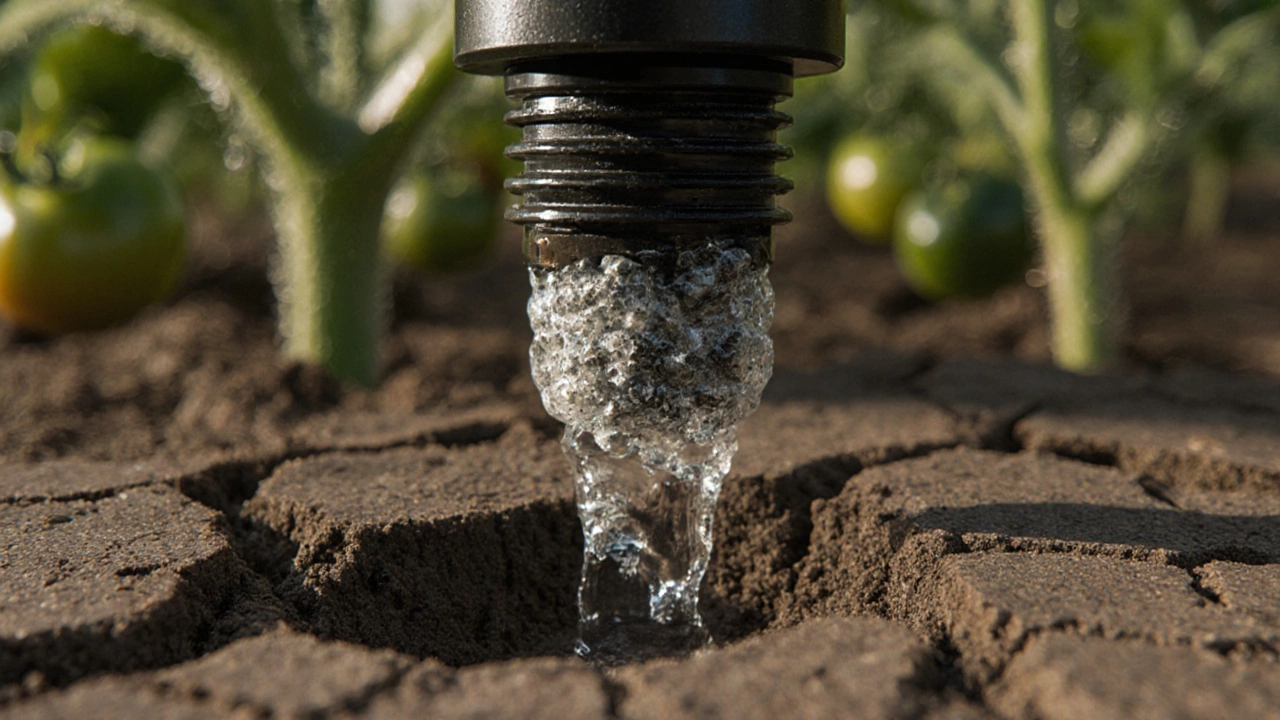Drip emitters are efficient but prone to clogging, uneven flow, and damage. Learn the common problems and how to fix or prevent them to keep your garden healthy and water-efficient.
Drip Irrigation Problems: Common Issues and How to Fix Them
When you set up a drip irrigation system, a water-efficient method that delivers water directly to plant roots through tubes and emitters. Also known as trickle irrigation, it’s one of the smartest ways to grow crops in India’s dry seasons or small gardens. But if it’s not maintained, even the best system can turn into a headache. You might think drip irrigation means less work—but without regular checks, it can waste water, hurt your plants, or even stop working completely.
The biggest drip irrigation problems, issues that reduce water delivery efficiency in drip systems usually come down to three things: clogs, leaks, and uneven flow. Clogs happen when dirt, algae, or minerals block the tiny openings in emitters. In places like Rajasthan or Tamil Nadu, where water has high calcium or iron, this happens fast. Leaks often show up where tubes connect or if rodents chew through them—especially in rural areas where fencing is light. Uneven flow? That’s usually because the system wasn’t designed for your land’s slope or the tubes are too long. One end gets soaked, the other stays dry.
You can fix most of this without spending much. Clean filters every month. Flush the lines before planting season. Use pressure regulators to keep water moving evenly. And never skip the simple test: run the system for 10 minutes and walk the rows. Look for dry spots, wet patches, or drips that don’t drip. If you’re using recycled water or manure tea, add a screen filter first. Many farmers in Karnataka and Maharashtra swear by adding a little vinegar to the water tank once a season—it breaks down mineral buildup without chemicals.
It’s not just about saving water—it’s about saving time and money. A broken drip line means more manual watering, more fatigue, and lower yields. And if your tomatoes or chilies aren’t getting steady moisture, they’ll drop flowers or crack. That’s not just a loss of harvest—it’s a loss of trust in the system. But when it works right? You get healthier plants, less weed growth, and water bills that stay low even in peak summer.
Below, you’ll find real stories from farmers and gardeners who’ve faced these exact issues—and how they solved them. No theory. No fluff. Just what worked on the ground, in Indian soil, under Indian sun.
